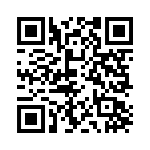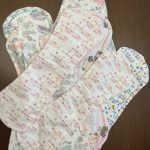3 Preparing your Space
Sheri Deaton
Preparing your Space
Getting your space organized and ready for student learning is one of the keys to effective apparel production laboratory experiences. If everything is in chaos and no one can find any of the needed supplies or equipment, very little production will occur.
Questions for you to consider as you prepare your space include, but are not limited to:
- Will you have enough totes/cubbies for each student to have their own will they be expected to share with a classmate?
- Will sewing machines be left out for the day, or will you need to establish a routine for putting them away and getting them out at various points throughout the day?
- Will you expect students to purchase all small equipment and supplies needed, or will your district fund part of these expenses?
Students need you to be prepared… and that includes preparing your space. A prepared space will not accidentally happen, nor will it be maintained without effort and conscious thought. Consider the following suggestions and implement the ones which apply to your sewing laboratory needs and space (Deaton, 2021).
Explore the following suggestions to uncover specific strategies for preparing your space.
Take inventory.
You cannot properly plan for an apparel production lab without knowing what equipment you have. Consider not only the equipment but also the condition of the equipment that you have. Develop an inventory spreadsheet, either electronic or paper, that will assist you with your inventory each year. Enlist the help of reliable students as you take inventory at the end of each semester. Become familiar with the rules for items purchased with Perkins funding, ensuring you are following your school and state’s expectations for documentation of these items.
| Things I have Learned Since Becoming a Sewing Teacher | 2022-23 Minimum Equipment List for Arkansas Family and Consumer Sciences Teachers |
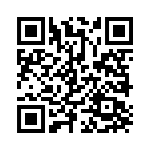 |
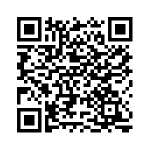 |
Establish and maintain an organizational system for notions, small equipment, and fabric.
Consider the advice of seasoned professionals, remembering that what works for one setting may not work for another lab. Do not try to reinvent the wheel but modify systems others have already created to meet the needs of you and your students.
| Sewing Room Organization Ideas Video | Tote Tray Inventory |
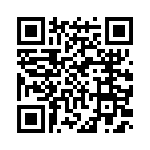 |
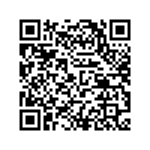 |
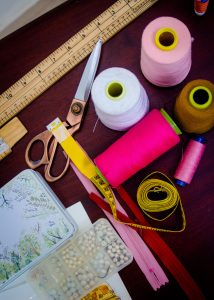
Ask for more.
Use your state’s minimum equipment list as a starting point for the bare necessities you need for your sewing lab. After you have established this baseline, consider what else you could purchase to add to the skills of your students. Discuss with the administration at your school about the possibility of seeking outside funding through organizations such as Donors Choose.
Additionally, consider asking community members or family members of your students if they have fabric or other items they would like to donate to your classroom. You never know what you will get unless you ask!
| Donors Choose | 2022-23 Minimum Equipment List for Arkansas Family and Consumer Sciences Teachers |
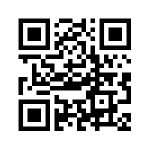 |
 |

Prepare to involve your community.
If you are like most seamstresses or apparel production teachers, there are some aspects of the topic you are comfortable and confident in teaching, but some skills are more difficult for you to master and explain. Solicit guest speakers to come into your classroom and share their time, expertise, and knowledge. Your local Cooperative Extension agent would be an excellent place to start if you are new to an area and are looking for outside experts to join in the classroom experience.
Ask the family members of your students if they would be willing to assist with labs, share their skills, or share their stories. Involving the community not only adds to the resources of your classroom but also extends your reach and impact on the community.
Plan to give back.
Asking for donations is one thing, but a further challenge would be for you to plan to give back to your community. Students involved in apparel production classes across the globe created and donated thousands of masks during the global pandemic of 2020. This was a noble undertaking but required time and space. As you interact with community members, seek ways to give back to the community you are in, but also plan your time and space to accommodate this service project to ensure you can fulfill your promise while maintaining an orderly classroom environment.
Examples of projects created as community service projects include, but are not limited to:
- Magic pillowcase–donate to a local shelter or foster care family
- Masks–donate to essential workers, local churches, or other organizations
- Lap quilts–donate to local nursing homes or hospice centers
- Lap activity quilts–donate to local nursing homes
- Burp cloths–donate to local women’s shelters or foster care families
Burp clothes created in an apparel production class and donated to a local women’s shelter.
Maintain your equipment.
Keep your shears sharp and your sewing machines serviced. Just like a “stitch in time saves nine,” the proactive work you do before and after a sewing lab will save you and your district time, money, and a lot of frustration. Equipment maintenance is critical for the efficient use of equipment in an apparel production laboratory setting.
| Cleaning Sewing Machine Video | 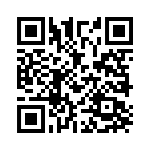 |
| How to Clean a Janome Sewing Machine | 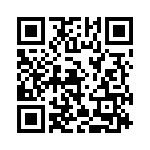 |
| Servicing An Older sewing Machine | 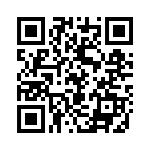 |
| Sharpening Shears Video | 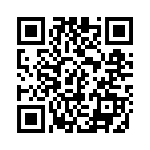 |
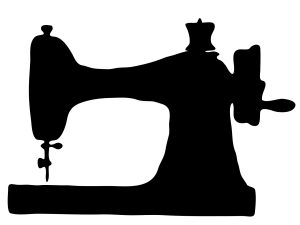
Planning for sewing is unlike any other planning and cannot be compared to planning to teach literature or a math lesson. Other teachers will not understand how much time, effort, and energy it takes to prepare for an apparel production lab. As you plan for these experiences, know that your students see what you are doing and they appreciate your efforts, even if they do not let you know this regularly.
Once you have developed a system that works for you and your classes, share these with other professionals. Involve your students in the creation and maintenance of the classroom inventory. Remember, sometimes the struggle is real, but the struggle is worth it when you see the light in the student’s eyes as they proudly show off their creations.

References
Deaton, S. (2021). Teaching Apparel Production. Presentation.


